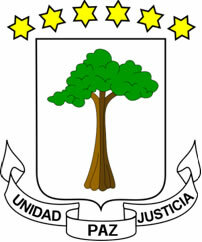The Festa Junina is a traditional popular festival that takes place during the month of June. This celebration is common in all regions of Brazil, especially in the Northeast, and was brought to Brazil under the influence of the Portuguese in the 16th century. Initially, the festival had a strictly religious connotation and was held in honor of saints such as São João and Santo Antônio.
Origin of June festivals
Historians point out that the origins of the June festival are directly related to pagan festivities held in Europe in the transition from spring to summer, a moment called Summer Solstice. These parties were held as a way to ward off evil spirits and any pests that might hit the harvest. To better understand this, it is necessary to consider that the summer solstice in the northern hemisphere happens exactly in the month of June.
The commemorations carried out by different European pagan peoples began to be Christianized from the moment when Christianity was consolidated as the main region of the European continent. Thus, the originally pagan feast was incorporated into the festive calendar of Catholicism.
This was a common practice in the Catholic Church. To facilitate the conversion of different pagan peoples, the festivities were acculturated, adding them to the Catholic calendar and adding Christian elements to them. Another party in which this practice was repeated, for example, was the commemoration of the Christmas, which takes place every December.
The Christianization of the party is directly related to the establishment of celebrations of important figures of Catholicism, just at the time of the transition to summer, among which highlight St. Anthony (honored on June 13), They areJoão (24) and They arePeter (day 29). Finally, many typical elements of pagan celebrations took on new meaning.
Also access: Origin of the feast of St. John
The arrival of the June party in Brazil
The beginning of the June party in Brazil dates back to century XVI. June festivals were quite popular traditions in the Iberian Peninsula (Portugal and Spain) and, therefore, were brought here by the Portuguese during the colonization, as well as many other traditions. When introduced in Brazil, the festival was known as the Joanina festival, in reference to São João, but, over the years, it has had the name changed to Festa Junina, in reference to the month in which it occurs, June.
Initially, the party had a strong religious tone – a connotation that was lost in part, since it is seen by many more as a popular festival than a religious one. In addition, the evolution of the June festival in Brazil has made it associated with typical symbols of rural areas.
The growth of the festivity happened mainly in the Northeast, a region that currently has the biggest parties. The biggest June party in the country takes place in the city of Campina Grande, located in the state of Paraíba. In 2017, the event was estimated to receive approximately 2.5 million people.
During June festivals in Brazil, typical dances are performed, such as square dances. There is also the production of numerous foods based on corn and peanuts, such as hominy, pamonha, peanuts, in addition to beverages such as hotcakes. Another very common feature is to dress as a redneck in a caricatured way.
Read too: Typical food from June festivals
By Daniel Neves
Graduated in History
Source: Brazil School - https://brasilescola.uol.com.br/detalhes-festa-junina/origem-festa-junina.htm


